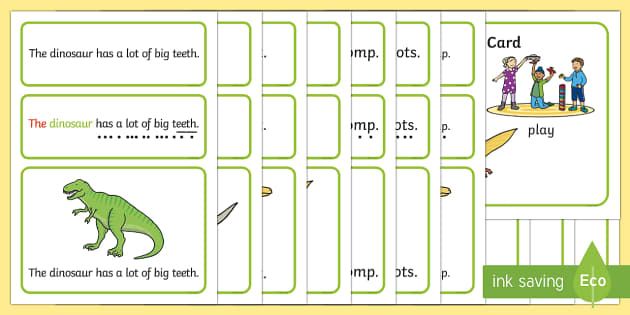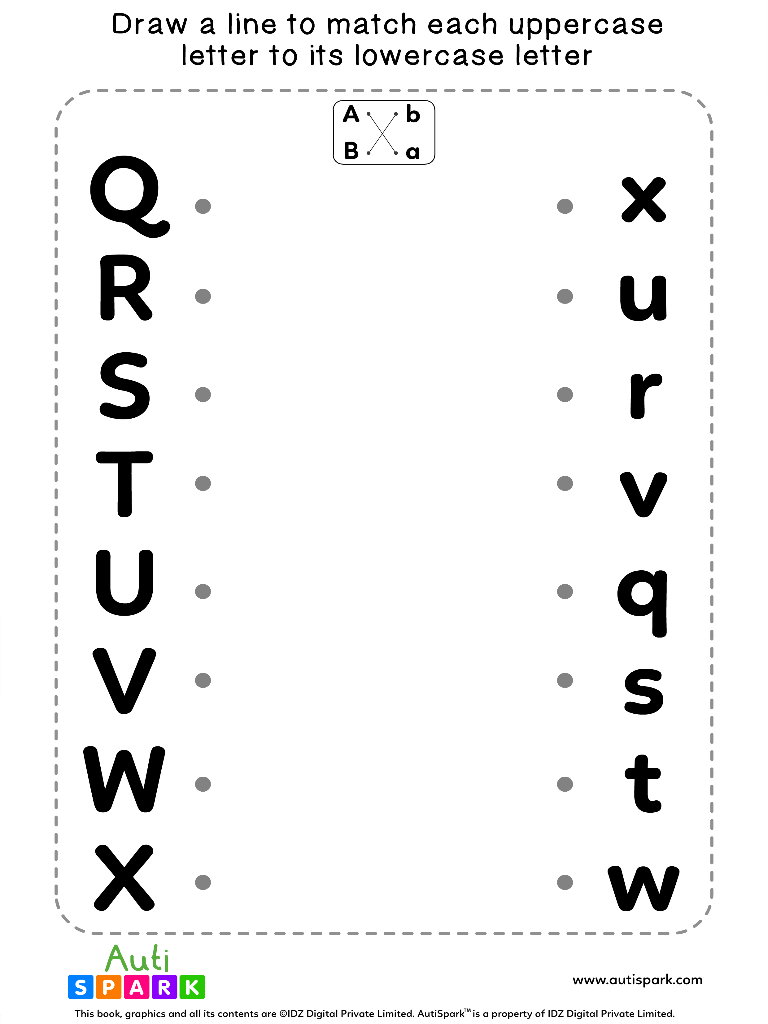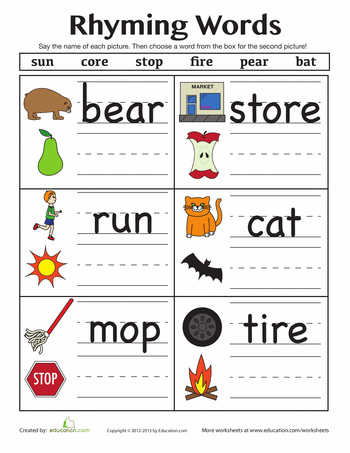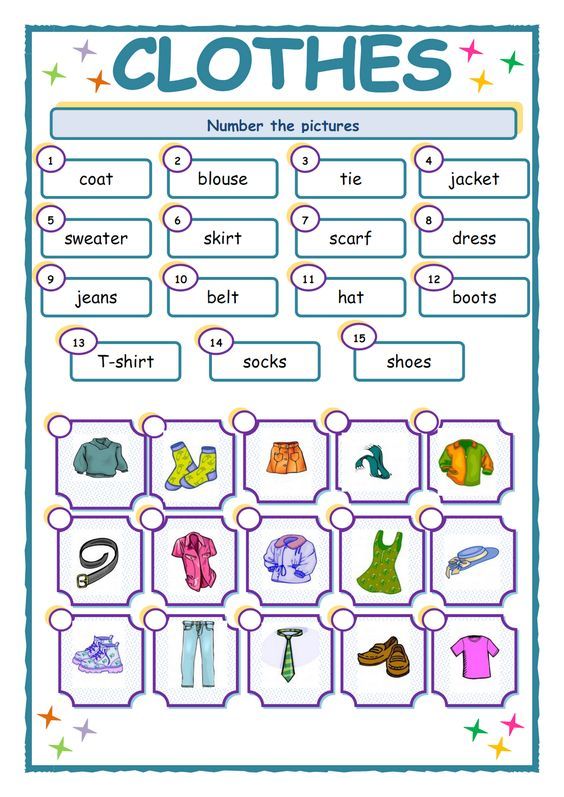A story about dinosaurs
10 Short Dinosaur Bedtime Stories for Kids Online
Dinosaur Bedtime Stories for Kids Online – Read amazing and interesting dinosaur stories. These stories are written for kids. They can enjoy these stories at any time. So, enjoy these stories.
If you want to read this in Hindi then follow this link – Dinosaur Stories in Hindi.
Saving The Jungle – T-Rex Dinosaur Story for Kids
Tyrannosaurus rex is a popular dinosaur because this dinosaur has been used many times in films. In this story, we will see how millions of years ago the animals of the forest saved everyone from Tyrannosaurus rex. It is an imaginary story for kids.
Saving The Jungle – T-Rex Dinosaur Story for KidsMillions of years ago, the jungle’s animals were greatly disturbed by Tyrannosaurus rex, a ferocious dinosaur. This dinosaur was very ferocious and would eat three to four animals of the forest at once. Sometimes 4 to 5 dinosaurs came together in the jungle to fill their stomach and kill many animals.
Read more stories – Stories for kids’ bedtime
Seeing this, the animals of the forest were troubled. They had to face this problem in the coming days. Many times these dinosaurs would also destroy their house.
One day Lion, the king of the forest called a gathering. At that gathering, everyone was going to solve how the dinosaur Tyrannosaurus rex can be avoided and they can prevent themselves from T-rex? The animals came to the Lion for the gathering. The Lion started the gathering with a strong roar. Lion asked the most, “What to do so that we can prevent ourselves from that dinosaur Tyrannosaurus rex?”
The monkey sitting in the assembly said, “I will leap and grab his neck and then he will not be able to eat us.” Everyone mocked him and said, “Are you mad? Have you seen yourself and his body? He is much bigger than you, he will crush you easily.”
The monkey said, “You don’t know me. I am very powerful. If you don’t believe it, try it.” Biting the monkey’s point, the fox said, “What strength will you show? We must defeat him by using brains, not with force.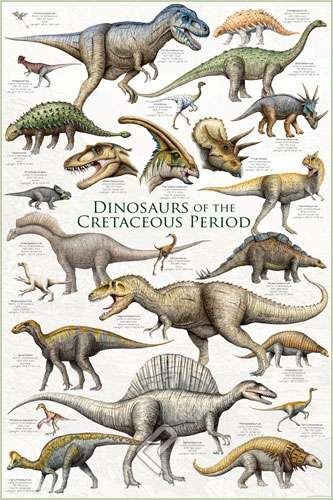 ”
”
The Lion saw the truth in the fox talk. The lion asked, “Well, tell me what would we have to do?” The fox said, “For this, we have to enlist the help of the eagle and the hawk.” Hearing this, both of them came forward and said, “We both are ready. What is the matter to do? We will give up our lives for this jungle.”
After this, the fox told everyone his plan. Now everyone was ready. Everyone was waiting for when that dinosaur Tyrannosaurus rex would arrive.
This happened a few days later. That ferocious dinosaur Tyrannosaurus rex came and attacked the forest. But this time everyone was ready. As soon as he arrives, the hawk and eagle attack the dinosaur Tyrannosaurus rex in the eye.
The dinosaur could not see properly after the attack. Then immediately the monkeys tied his leg with a rope and the dinosaur Tyrannosaurus rex fell to the ground. The animals of the jungle attacked him and the dinosaur shouted, “Let me go. Don’t kill me.”
Everyone said, “Well what you did to our people.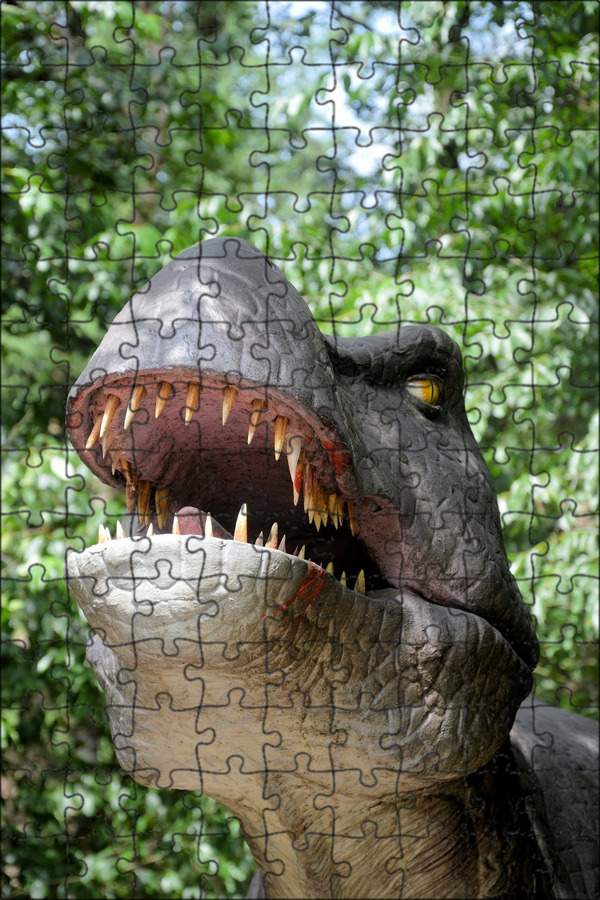 What about that? Your punishment is that you can no longer be saved.” The dinosaur said, “If you kill me, my companions will come in search of me and bring tremendous destruction here.”
What about that? Your punishment is that you can no longer be saved.” The dinosaur said, “If you kill me, my companions will come in search of me and bring tremendous destruction here.”
The animals did not listen to him and the king of the forest, The Lion, attacked him directly on the neck. This led to the end of the dinosaur Tyrannosaurus rex. Everyone was happy to see the dinosaur Tyrannosaurus rex dead. Now it was time to celebrate. People were very happy in the forest. Everyone enjoyed the party with fun.
Now everyone was happy in the forest, no one attacked there for a long time. But everyone remembered the warning of the dinosaur Tyrannosaurus rex.
Time was spent and one day suddenly 5 dinosaurs attacked in the forest together. Everyone got scared in the whole jungle. All the animals started hiding in small caves and tunnels waiting for where the dinosaurs would go from there.
After waiting for a long time, suddenly huge fireballs started raining from the sky.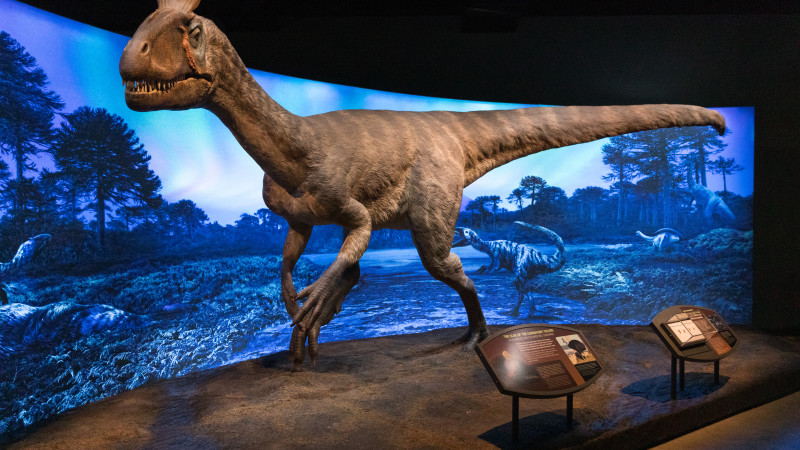 That fireball killed all the dinosaurs.
That fireball killed all the dinosaurs.
There are no dinosaurs left in the forest anymore. All the animals came out and started living happily. Now everything was fine in the forest.
Also, Read – Best Brain Development Toys For Kids.
I am a Dinosaur – A Funny Dinosaur Story For Kids
Dinosaur Bedtime Stories for Kids OnlineLong Neck Charlie – The Good Long Neck Dinosaur Story For Kids
Years ago there were various dinosaurs. Some of them ate meat and some lived by eating leaves. In this story, we will talk about a dinosaur whose neck was very long. And such dinosaurs are called Sauropods. So let’s know what happens in this children’s story.
For millions of years, dinosaurs used to live on this earth. There used to be different kinds of animals. But here we are talking about Charlie, whose neck was very long. Charlie was very upset about this. One day Charlie is invited by his friends to their house party.
Charlie was overjoyed to hear the news of the party and spent the whole day getting ready for the party. He was dressed in a black coat and a tie around his neck.
He was dressed in a black coat and a tie around his neck.
Charlie headed out to his friend’s house dancing and humming the song. Now he reached his friend’s house. However, he could not enter the house because Charlie’s neck was too long. This started making fun of him. Hearing everyone, Charlie became sad and left the party.
Charlie walked towards the forest in a sad way and fell asleep beside a tree.
It was early morning and the rays of the sun began to fall on Charlie’s eyes. Because of this, his eyes were opened. As soon as he woke up from sleep, he listened to the crying of someone. Hearing the sound of crying Charlie started looking around but he did not see him crying.
Charlie calls out, “Who’s crying?”
“This is me, I have to cry like this every day”
“But why are you not seeing me?” Charlie then asked the question.
Then that voice said to look down here.
Then Charlie looked down and saw a small plant talking to him. Charlie asked the plant, “Why are you crying?”
The small plant said, “I am too small, the sunlight does not reach me, due to which I cannot make my food. There are big trees above me, they would stop the sunlight from reaching me. Because of this, I am crying out upset. “
There are big trees above me, they would stop the sunlight from reaching me. Because of this, I am crying out upset. “
“If I do not get sunlight like this, then I will not be able to grow properly. Now you tell me what to do. Apart from me, there are small trees which do not get sunlight and because of that they are also upset.” Plant told Charlie.
Charlie thought for a long time, about what to do so that the sunlight reaches small plants. After thinking for a long time, he thought why don’t I eat the leaves of these big trees so that light will reach the small plants?
This is what Charlie did. Charlie slowly started eating the leaves of big trees. But he did not eat all the leaves. Otherwise, how do big trees make their food?
After eating the leaves, the sunlight started reaching the bottom and small plants also started taking advantage of the sunlight.
After getting light, small plants started cooking their food and they all became happy. After being happy, they thanked Charlie and considered him his hero.
After seeing all this, Charlie became very happy, and forgetting about the previous night, he started living happily. Now he was happy.
It is not necessarily that bad things will happen every day and good things will happen every day. We must accept that good and bad events will happen in life. But what matters is how we respond at that time.
Also, Read – Best Brain Development Toys For Kids.
The Little Dino – Dinosaur Story For Kids
Dinosaur Bedtime Stories for Kids OnlineA Paleontologist
Once upon a time, there was a little boy who loved dinosaurs. Every night before bed, he would read about all the different kinds of dinosaurs and imagine what it would be like to meet them. One night, he had a dream that he was a T-rex and was chasing after some cars. He woke up feeling excited and happy and decided that he wanted to learn more about dinosaurs.
He started reading books about dinosaurs every day and even began drawing them himself. One day, he saw a documentary about dinosaurs on TV and learned that they were actually really smart animals.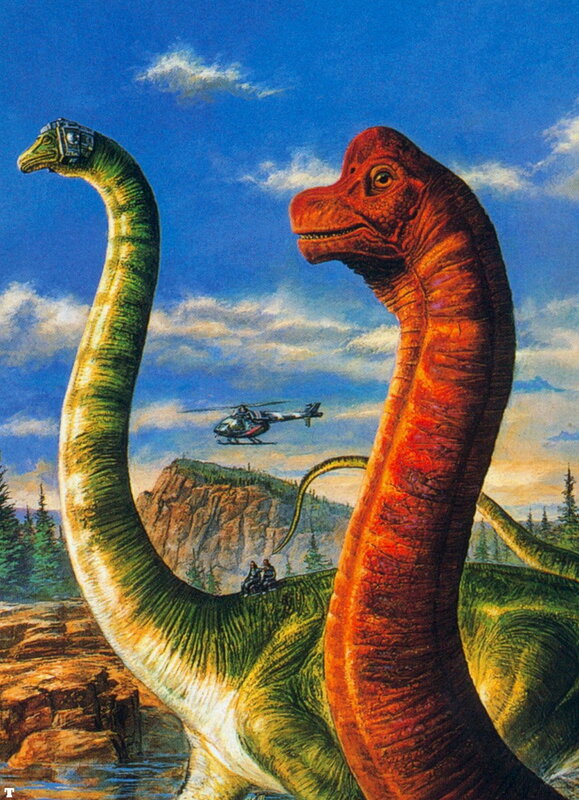 That made him even more interested in them and he continued learning everything he could about them.
That made him even more interested in them and he continued learning everything he could about them.
Eventually, the little boy grew up and became a paleontologist. He studied dinosaurs for years and traveled all over the world to find new fossils. But no matter where he went or how much he learned, he always remembered his first love: the dinosaurs.
The Dream
Once upon a time, there was a happy little dinosaur who went to bed every night with a smile on his face. His mom and dad would tuck him in tight, give him a goodnight kiss, and turn off the light. And every single night, the little dinosaur would drift off to sleep with dreams of dinosaurs dancing in his head.
One night, however, the little dinosaur had a very strange dream. He dreamt that he was walking through a dark forest when he suddenly came face-to-face with a massive T-Rex! The T-Rex was so big and fierce that the little dinosaur was terrified. He tried to run away, but the T-Rex chased after him and began to gobble him up!
Just when it seemed like the little dinosaur was going to be eaten alive, he woke up with a start. He quickly realized that it was just a dream and that there was nothing to be scared of. He smiled and went back to sleep, safe and sound.
He quickly realized that it was just a dream and that there was nothing to be scared of. He smiled and went back to sleep, safe and sound.
Sleeping Next to a T-Rex
The little boy’s favorite dinosaur was always watching over him while he slept. One night, the little boy had a dream that he was sleeping next to a T-Rex. The T-Rex was so big and powerful that it scared the little boy awake. But the little boy was happy to know that even though the T-Rex was scary, he was also very friendly. And so the little boy went back to bed, feeling safe and sound knowing that his favorite dinosaur was watching over him while he slept.
Three Triceratops Gruff – Dinosaur Story For Kids
Dinosaur Bedtime Stories for Kids OnlineStar Fall Dinosaurs – Dinosaur Story For Kids
Dinosaur Bedtime Stories for Kids OnlineTiny T-Rex Dinosaur Story For Kids
Dinosaur Bedtime Stories for Kids OnlineThank you for reading this “Dinosaur Bedtime Stories for Kids” if you like it then share your feedback in the comment section.
More Stories in English
Detective Stories For Kids
Lily And The God – Story For Kids’ Bedtime
The Little King – Story For Kids’ Bedtime
Story For Kids’ Bedtime Aladdin And His Magic Lamp Story
Dojo And The 7 Wonders – Story For Kids’ Bedtime
New Bedtime Stories Of Princess In Hindi
Bible Stories For Kids
Daniel in The Lion’s Den Story for kids
The Story of Moses from the Bible for kids
Zacchaeus Story from Bible for Kids
David and Goliath Story for kids
The Story of Jabez in The Bible Story About Prayer
Adam and Eve Bible Story For Kids
Noah’s Ark Story For Kids Bible Story
Cain and Abel Story for Kids With Moral
Abraham Story For Kids From The Bible
Jonah and The Whale Story for Kids
Detective Stories for kids in Hindi
10+ Short Story For Kids In Hindi – Bacchon Ki Kahaniyan
ड़ोजो और 7 अजुबें – Story For Kids In Hindi
अलादीन का जादुई चिराग-Story For Kids In Hindi
लिली और भगवान-Story For Kids In Hindi
छोटा राजा -Story For Kids In Hindi
Like this:
Like Loading.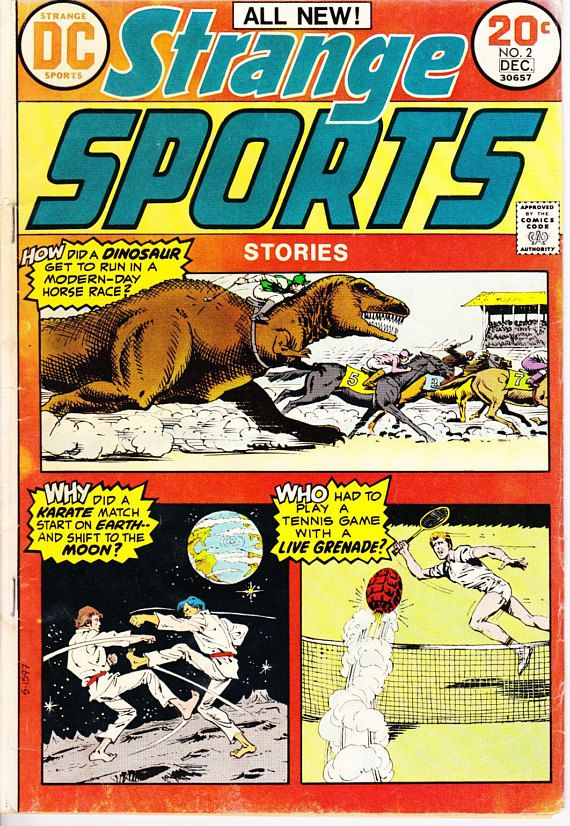 ..
..
Earthshaker by Emma Laybourn. A free online, printable dinosaur story for kids
by Emma Laybourn
Chapter One
BOOM...BOOM...BOOM...
The earth shuddered.
Trees shook, dropping leaves on the tidy nest below.
The nest belonged to an iguanodon. As the eggs rolled around, their mother Brenda steadied them with a claw.
'What on earth?' she wondered.
BOOM...BOOM...
Then, through the trees, appeared the biggest dinosaur she had ever seen. It was like a grey mountain on legs. It had a long, long, neck and a long, long tail.
'Who are you?' asked Brenda.
The long neck snaked towards her. Weak eyes in a little head gazed at her.
'I'm Seismosaurus,' said the enormous dinosaur, in a voice so tiny she could hardly hear it. 'I've come to live here.'
'Sei - Seis - ' tried Brenda.
'It means Earthshaker,' said the dinosaur. 'Call me Sizo if it's easier.'
'Well, Sizo, could you please tiptoe?'
'All right,' whispered the dinosaur. He took two more steps.
He took two more steps.
BOOM...BOOM...
Pteranodons fell out of the trees. A group of hadrosaurs began trumpeting in alarm.
George, the old triceratops, came to see what was going on.
'I can't sleep for the noise,' he grumbled.
'It's Sizo here,' said Brenda. 'He's a little bit, um, heavy-footed.'
'Can't you tiptoe?' demanded George.
'I am tiptoeing,' said Sizo in his tiny voice.
'Hmph!' snorted George. 'What a racket! I hope he's not staying.'
'Oh, please let me stay,' begged Sizo. 'I've been alone for ages. I want to live with other dinosaurs.'
'Give him a chance, George,' said Brenda kindly. 'You can see he's a plant-eater. He's not going to eat us, are you, Sizo?'
Sizo shook his head. 'I'll only eat the highest leaves,' he whispered, 'the ones you can't reach.'
'Hmph! All right,' grunted George. 'But only if you remember to tiptoe!'
Chapter Two
So Sizo settled into his new home.
He liked the other dinosaurs. But he wasn't really happy.
He worried about making too much noise. Although he walked as quietly as he could, his footsteps made the earth tremble. The other dinosaurs blocked their ears and grumbled.
'Tiptoe!' George would bellow.
Sizo tiptoed, but that wasn't any quieter. In the end, it was easier not to walk at all. He just stood in one place for most of the day, eating whatever he could reach.
And life was peaceful, for a while.
Until -
BOOM...BOOM...BOOM...
The ground shuddered. Brenda's baby iguanodons tumbled over and began to cry. The hadrosaurs wailed in protest.
George came storming out of the forest.
'Oy, Sizo!' he roared. 'I told you to tiptoe!'
'But it's not me,' protested Sizo.
'It's true,' said Brenda. 'Sizo isn't moving.'
The dinosaurs stared at Sizo. He stood quite still; yet they could hear thuds and crashes.
'It must be another big dinosaur,' said George uneasily.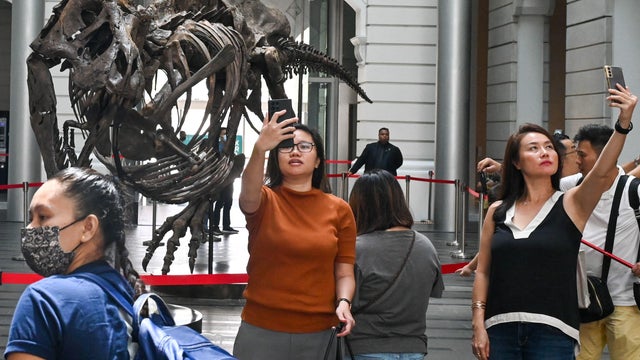 'Another Sizo.'
'Another Sizo.'
'Oh, no!' said Brenda. 'Come with me, children. You don't want to get trampled on!'
All the dinosaurs hurried away into the forest - all except Sizo.
'Another Seismosaurus!' he thought excitedly. 'Another Earthshaker! I wonder if it will be my friend?'
So he set off joyfully towards the noises to find out.
As he walked, the earth shook harder. The crashes grew louder. He could smell a strange, fierce, burning smell.
'Funny dinosaur, this,' thought Sizo.
He came round a bend, and stopped. Ahead of him a hump rose out of the forest.
'That's a huge dinosaur!' he thought.
The ground beneath him trembled.
'It's an Earthshaker all right,' said Sizo.
Then he saw that smoke was billowing from the hump. Down its side ran a glowing river of red.
'It's bleeding!' he whispered.
The thick red river flowed past a tree. It ripped it up, and threw it down with a crash.
Sizo blinked at the river with his small, weak eyes.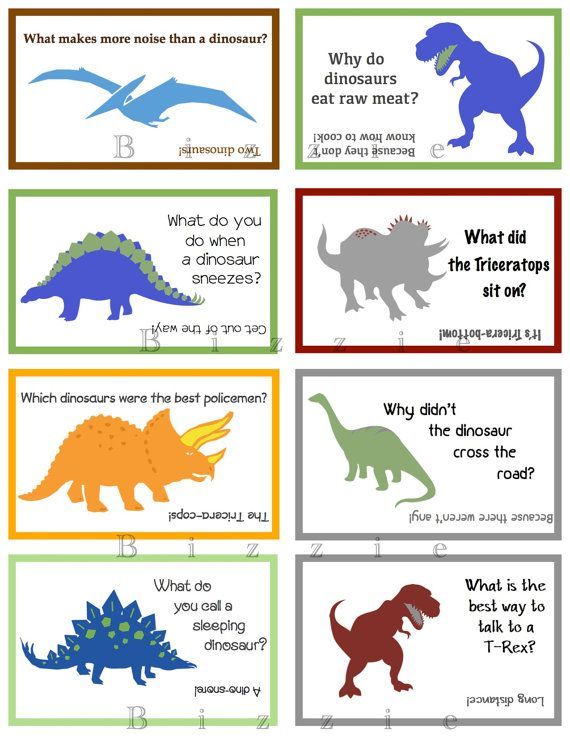 It wasn't blood. It smelt of rock, and it was smoking.
It wasn't blood. It smelt of rock, and it was smoking.
'I don't think that's a dinosaur at all!' he said.
The smoking river hissed and sizzled. Two more trees thudded to the ground, and burst into flames.
The river did not stop. It kept on flowing through the forest.
'Oh, no! It's heading for our home!' gasped Sizo. 'I'd better warn the others!'
He plodded back as fast as he could. There was no-one around. Sizo cleared his throat, and shouted.
'Danger!'
It was a tiny shout. He tried again.
'DANGER!'
Still nobody heard him.
'Help!' thought Sizo. 'Whatever can I do?'
Chapter Three
Nobody could hear Sizo's voice.
But he knew that everyone could hear his feet. So he began to dance.
He started with big, slow steps. Then he danced higher and higher, faster and faster.
Trees dropped their branches. The ground began to crack. And Sizo kept dancing.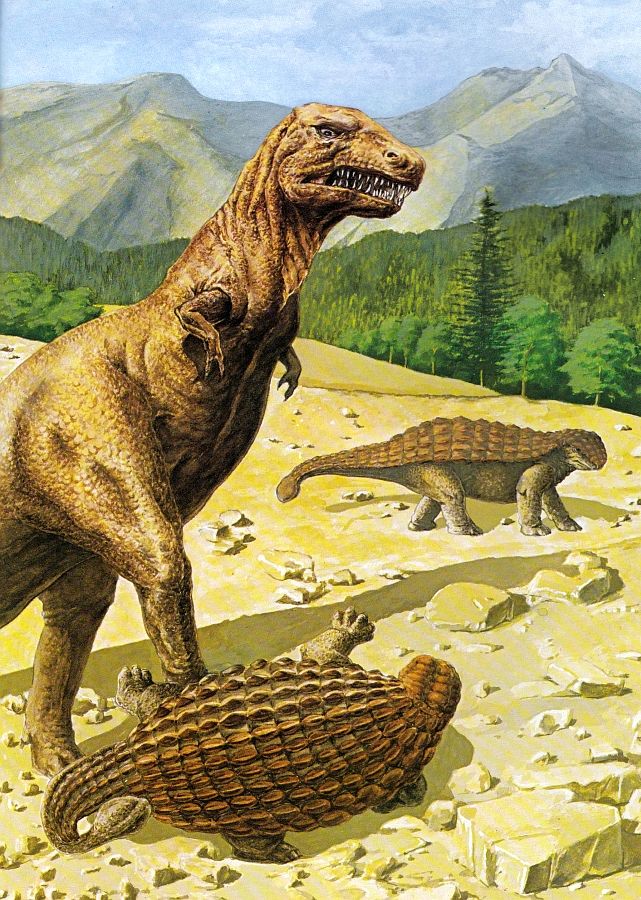
All the other dinosaurs rushed up to stop him.
'I said TIPTOE!' yelled George.
'Sizo, what do you think you're doing?' cried all the dinosaurs.
'I'm dancing,' whispered Sizo.
'Dancing?' said George. 'That's it! You're banned!'
'But there's danger coming!'
'Danger?' said Brenda. 'Where?'
'There's a river of fire coming towards us. It's flowing out of a hill and burning everything up!'
'What?' cried Brenda. 'That's a volcano! We must get out of the way.'
The dinosaurs didn't wait to hear any more. Together, they thundered through the trees. A cloud of smoke followed them. Behind them, burning branches crackled and crashed to the ground.
'Where are we going?' wailed George.
'We need to get to higher ground,' said Brenda.
But her babies began to squeal. Hot ash was falling like rain.
'It's burning us, Mum!' they cried.
'Quick!' said Sizo. 'Come and shelter under me.'
The baby iguanodons crept beneath Sizo. His huge bulk kept the hot ash off them while they walked.
His huge bulk kept the hot ash off them while they walked.
'You'll stand on them!' protested George.
'No, I won't,' said Sizo. He had had so much practice at tiptoeing that he never once trod on a baby's tail.
The dinosaurs climbed to the top of a hill and left the smoke and ash behind.
At last they stopped. Brenda's babies peered out from under Sizo.
'Is it safe yet?' panted George. 'I can't see.'
'Let me look.' Sizo craned his long neck over the treetops. 'Yes, we're safe here,' he said.
'Thanks to you!' said Brenda, gathering her children round her. 'Sizo, you're a real friend.'
'Am I?'
'The best. From now on, you can thump all you like. We won't complain.'
'Yes, we will!' said George.
The other dinosaurs glared at George. He coughed.
'Er, sorry. Thump away, Sizo. You can even dance if you want.'
'All right!' whispered Sizo happily. 'But I promise that I'll only dance on tiptoe!'
THE END
Would you like another dinosaur story?
Try Elly and Aargh!
or King of the Killers.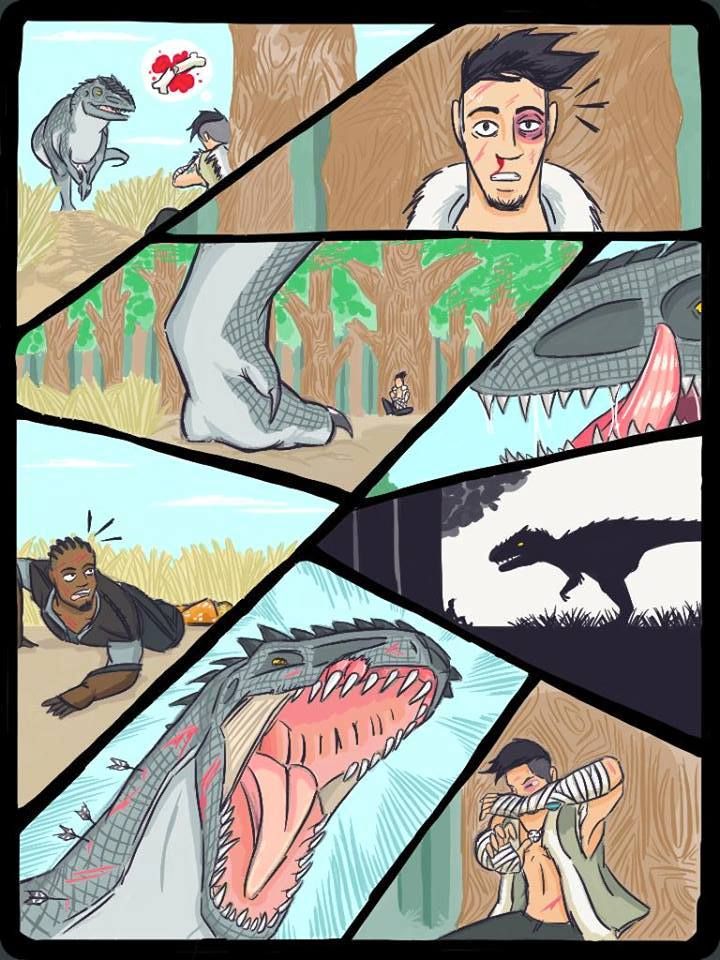
Copyright © 2012 Emma Laybourn
Dinosaurs for kids - interesting facts about dinosaurs
It is inexplicable but true: many children love dinosaurs. Perhaps because these are semi-fabulous giant creatures and they no longer frighten at all, since they have long since died out. What is known about dinosaurs: what were they like, when and how long did they live, what did they eat and why did they disappear from the face of the Earth? So, in order.
Who are dinosaurs and what did they look like?
"Dinosaur" is translated from Greek as "terrible lizard". These are scaly creatures that walked on two or four legs and laid eggs. Dinosaurs lived on the planet for 160 million years. They lived everywhere: from Asia to Antarctica. The remains of dinosaurs were also found in Russia - in the Urals, in the Krasnoyarsk Territory, in Yakutia.
Before them, more than 4 billion years ago, the Earth was inhabited by more primitive organisms: algae, mollusks, later - fish.
In total, scientists have studied more than a thousand species of dinosaurs. They were very different from each other: some - with sharp claws and spikes on the body, others - with horns.
Many people mistakenly think that all dinosaurs were huge. Indeed, some reached the size of a five-story building, but there were also tiny ones - the size of a chicken. It is customary to depict dinosaurs as gray or green, but in fact, scientists do not know exactly what color these creatures were. This is because dinosaur skin is extremely rare. It is believed that their color merged with the colors of the environment - so it would be easier for dinosaurs to hide from enemies.
Dinosaurs became extinct 65 million years ago. The fact that they once existed, it became known only in the 17th century. Dinosaur bones were first discovered by English scientist Robert Plot in 1677.
Why did dinosaurs become extinct?
Science does not know. There are several versions.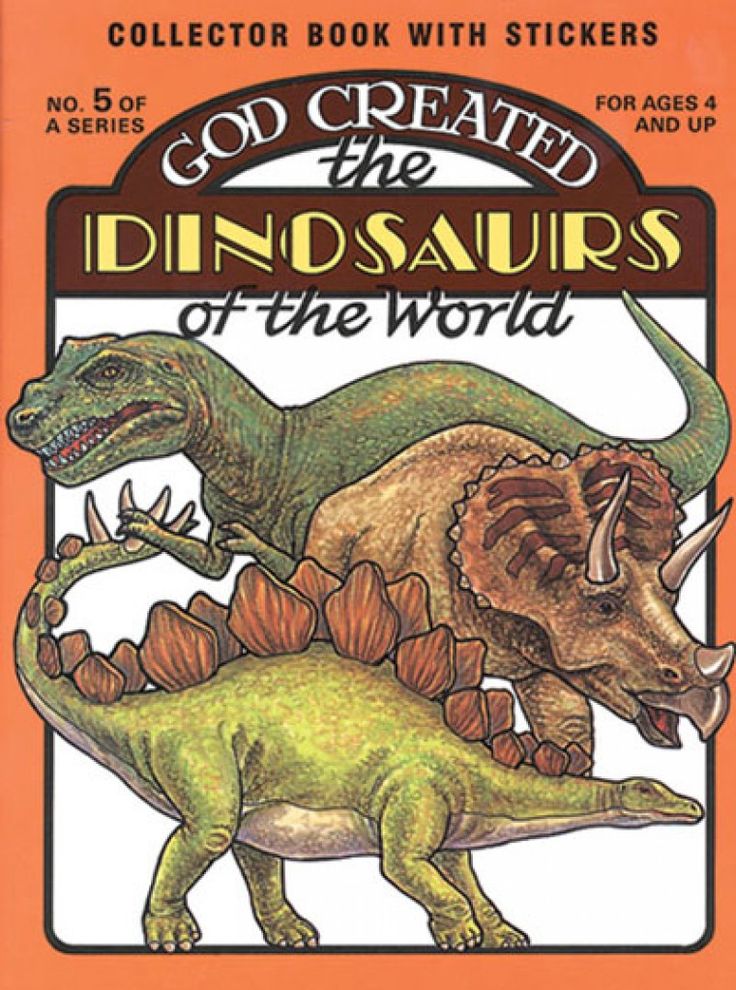 The most common: the climate is no longer suitable for dinosaurs (became too cold or hot) or volcanic eruptions have poisoned the atmosphere.
The most common: the climate is no longer suitable for dinosaurs (became too cold or hot) or volcanic eruptions have poisoned the atmosphere.
What did dinosaurs eat?
Despite their formidable appearance, many of them were not predators - they ate ferns, leaves, cones, flowers and fruits from trees. In those days, the Earth was humid and hot and favorable conditions were created for the growth of numerous plants, so that herbivores did not have to starve.
But there were also carnivorous dinosaurs, who hunted animals and ate their eggs. Some of them could not chew and swallowed stones so that the food itself was ground in the stomach.
The main task of dinosaurs was to get food and at the same time protect themselves from predators. Herbivores defended themselves with horns and spikes, carnivores had teeth and claws.
How long did dinosaurs live?
There is no exact answer to this question either. Scientists think that large dinosaurs lived for a relatively long time - up to 300 years, and small ones - up to about 20.![]()
In any case, even long-lived dinosaurs did not catch the appearance of man on the planet: people began to inhabit the Earth only 64 million years after their extinction.
Who studies dinosaurs and how?
This is done by paleontologists - people who specialize in studying the remains of extinct organisms. They work both in excavations - in places where fossils were found - and in laboratories. These scientists search, extract from the ground, and then carefully study the bones of ancient animals.
In laboratories, paleontologists find out how the creatures that own the found bones lived and hunted, and determine their age. Sometimes conclusions have to be drawn with only a couple of bones, or even one at all.
In addition, specialists make copies of bones, from which skeletons are then assembled and exhibited in museums.
Paleontologists also study fossilized footprints left by dinosaurs. To understand what kind of animal left the footprint, scientists find out the “age” of the rock where they found this print, and compare the shape of the fingers and feet with the appearance of the dinosaurs that lived in that era.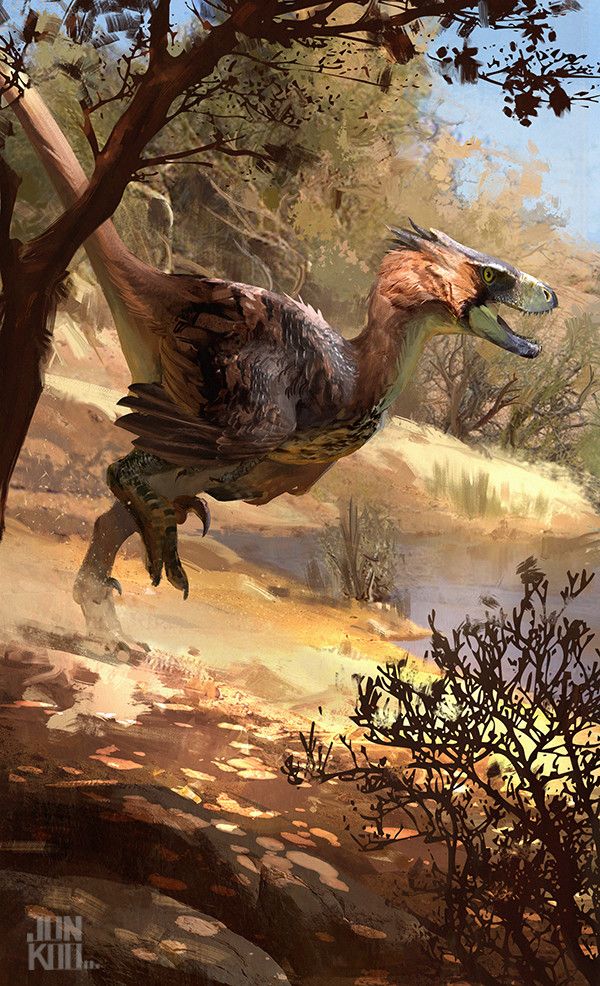
Paleontologists give names to dinosaur species, often based on the name of the area where the bones were found.
What types of dinosaurs are there?
As already noted, there are more than a thousand species. Let's take a closer look at the most famous ones.
Tyrannosaurus Rex
One of the largest predators of all time. He walked on two legs with two clawed toes on each, had a large skull and a long heavy tail, teeth the size of bananas.
Some scientists believe that the Tyrannosaurus rex could not run and was clumsy, so it did not hunt, but ate only dead animals. However, the more common view is that these dinosaurs were both predators and scavengers, stealing prey from others whenever possible. Tyrannosaurus was able to eat up to 150 kilograms of meat in one sitting, but then starve for several days.
The skeleton of the largest tyrannosaurus rex was found in 1991 in the province of Canada. The length of the skeleton reached 13 meters, weight - almost 9 tons.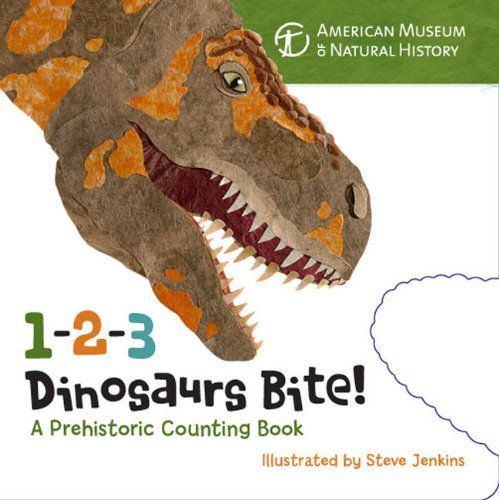
Ichthyosaurus
These are aquatic dinosaurs that look like dolphins: head fused with the body, very large eyes, fins. There are many teeth in the mouth. Ichthyosaurs weighed mainly up to 2 tons, reached several meters in length. Although species are known, the length of which reached 24 meters, and body weight - 40 tons.
The first ichthyosaur was found in Russia in 1821, while the largest accumulation of dinosaur bones of this species was found in Germany.
Ichthyosaurs were carnivorous - they ate fish and shellfish and hunted in packs. The cubs were born in the water and immediately knew how to swim. Ichthyosaurs did not go to land.
Stegosaurus
Distinctive feature - bone plates and spikes on the back and tail (to protect against attacks). These dinosaurs walked on four legs. They ate only tender leaves, because they had poorly developed jaws. Stegosaurus teeth were almost unsuitable for chewing. In order to assimilate even delicate plant food, the stegosaurus was forced to swallow stones - they frayed the plants in its stomach.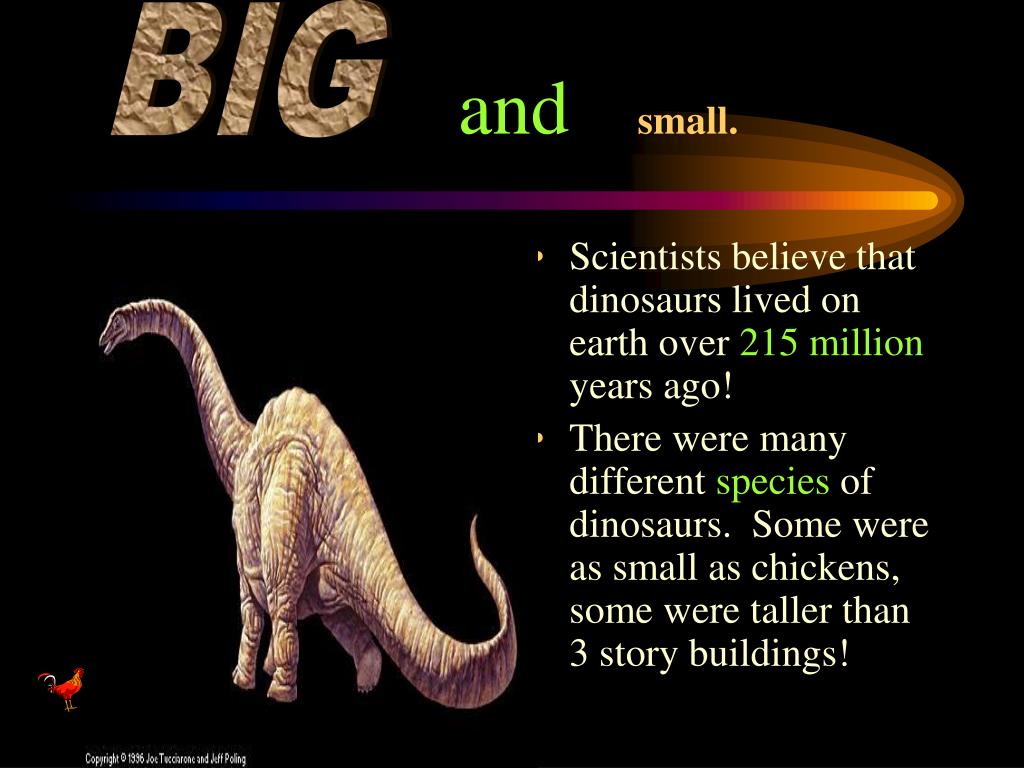
Stegosaurus reached 9 meters in length and weighed up to 9 tons - about the size of an elephant. The bones of these dinosaurs were first found in the United States in 1877.
Triceratops
Distinctive feature - three horns (one at the tip of the nose, two - above the eyes), bone "collars" on the head and a beak on the muzzle. "Collars" served to protect the head and shoulders, males scared off enemies with their horns and fought, including for females in the mating season, and cut branches of shrubs and ferns with their beaks.
Outwardly, Triceratops are similar to rhinos, only larger - up to 3 meters in height and 9 in length, with an average weight of about 12 tons. Only the head reached a length of 2 meters. These dinosaurs had several hundred teeth in their mouths.
They ate plants, moved on four thick legs, lived in small groups.
Triceratops are one of the last dinosaurs on Earth. And their bones were first found in the United States in 1899.
Diplodocus
The most tailed dinosaur - with its 11-meter thin tail it drove away predators. And he also had a long neck, a small head with big eyes and long teeth, four paws. In length reached 30 meters.
Diplodocus ate plant foods. To cut off tall trees, they stood on their hind legs. And they also swallowed stones.
Diplodocus were herd animals, swam well and preferred to live in swamps - they came out on land only to eat and lay eggs.
Diplodocus lived on the territory of modern North America. Fossilized dinosaur vertebrae of this species were first found in the USA (Colorado) in 1877.
Velociraptor
These tiny, turkey-like creatures, by dinosaur standards, were about 1.80 centimeters long and weighed just 20 kilograms like a child. Velociraptor bones were first found in the Gobi Desert (Mongolia) at 1924 year.
It is not known exactly what these dinosaurs looked like: they were previously depicted as lizard-like, with green scaly skin, now it is believed that they had plumage like birds.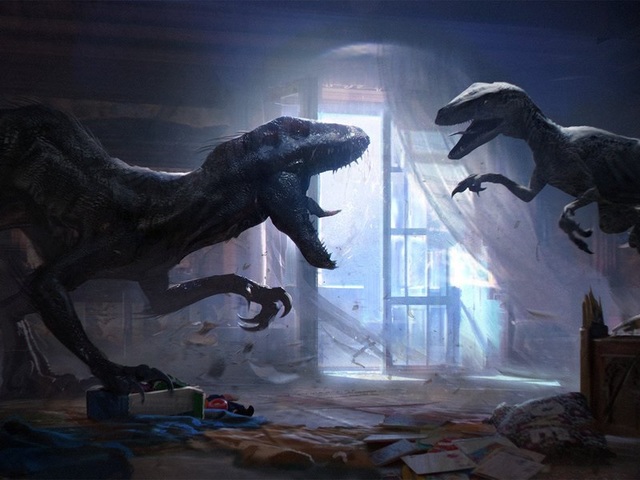 Some even suggest that the feathers were multicolored. Surely scientists know that the Velociraptor had three fingers with sharp claws on the front limbs and four on the back.
Some even suggest that the feathers were multicolored. Surely scientists know that the Velociraptor had three fingers with sharp claws on the front limbs and four on the back.
Despite their modest size, velociraptors were dangerous and agile predators. They jumped on the victim, grabbed with their teeth and stuck their claws into it, inflicting mortal wounds.
Velociraptors became "trendy" after the 1993 Jurassic Park movie. By the way, there they look huge and hunt in packs. Both are inventions.
Pterodactyl
Many consider pterodactyls to be dinosaurs, and they are wrong. Pterodactyls are pterosaurs, or winged lizards, relatives of dinosaurs. Unlike dinosaurs, pterodactyls could fly. Of modern animals, they were similar in appearance and habits to birds and bats.
The forelimbs of pterodactyls turned into wings (span reached 8 meters), the body was covered with fur. Some had a tail, not all had teeth. Pterodactyls were distinguished by long clawed limbs.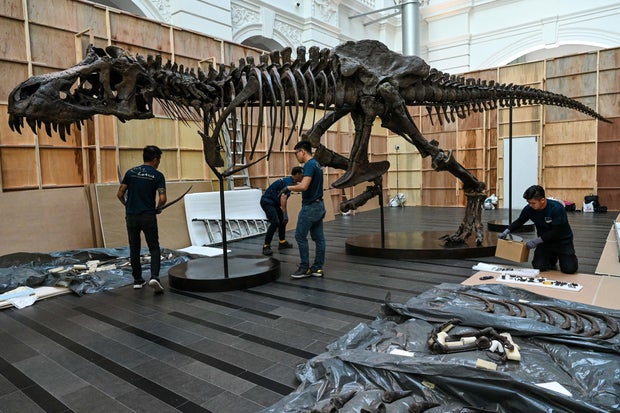
These pangolins lived like modern birds: in flocks, they flew during the day and looked for food, at night they slept upside down, clinging to tree branches.
The method of subsistence depended on the size of the pterodactyl. Small ones, the size of a crow, ate insects, larger ones - fish and lizards. Some pterodactyls were two meters long and one and a half meters high and weighed more than 75 kilograms.
It is believed that pterodactyls had a good brain and had excellent eyesight. They lived in the territories of the USA, East Africa, Western Europe, Australia, Russia. Their bones were first found in Bavaria (Germany) in 1784.
Other "prominent" dinosaurs
Largest : seismosaurus. It weighed over 50 tons and reached 36 meters in length. Found in what is now the United States.
The heaviest : titanosaur (up to 80 tons!)
The smallest : compsognathus. Its average length was only 60–100 cm, and its weight was about 2 kilograms, but this baby had more than 60 sharp teeth. Found in what is now Germany.
The very first : of those currently explored, either Herrerosaurus or Eoraptor. Both bipeds lived approximately 230-225 million years ago.
The longest necked : according to modern data, this is a Mamenchisaurus. Its neck reached 14 meters in length.
The fastest : Ornithomemmosaurus. He ran at speeds up to 50 kilometers per hour.
The most big-eyed : Dromiceiomyom. His eyes were on the sides of his head. Thus, this dinosaur created an excellent overview - and an advantage over enemies.
The most toothy : Hadrosaurus. He had 980 teeth!
The "longest-named" : micropachycephalosaurus (meaning "small fat-headed lizard"). Most often, his bones are found in China.
Possibly the smartest : troodon. His brain was the size of a bird—comparatively large. Most dinosaurs had small brains, about the size of a walnut.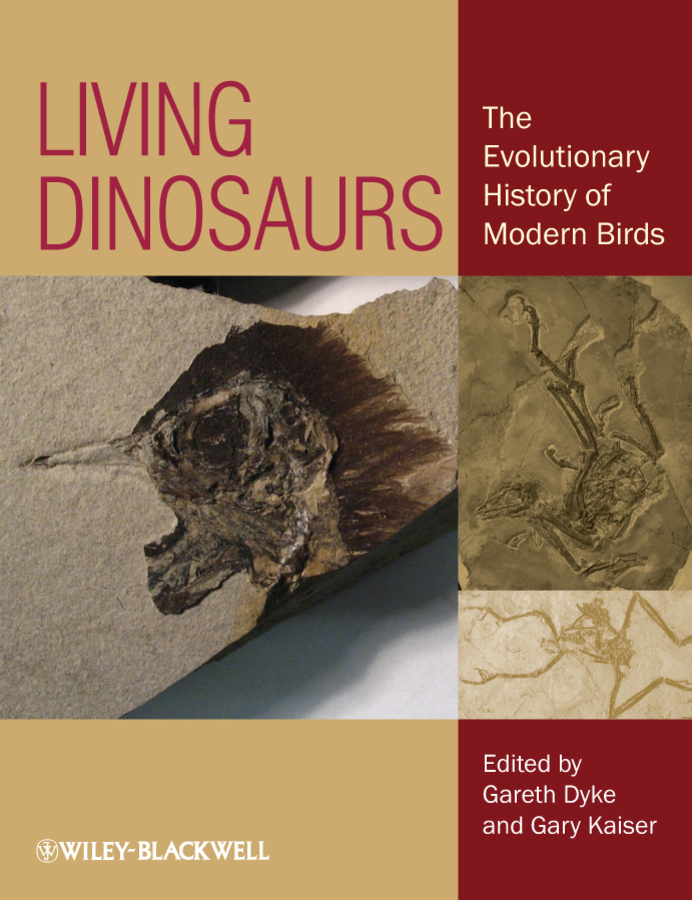
Interesting facts about dinosaurs
- The closest living relative of dinosaurs is the crocodile. Birds are direct descendants of dinosaurs.
- The first dinosaurs were small. Larger ones appeared much later. In addition, the first dinosaurs were predators.
- Dinosaurs are believed to have excellent eyesight and a good sense of smell. They had large eye sockets and nostrils and large areas of the brain responsible for sight and smell.
- Some dinosaurs built nests. But not for life, of course, but for laying eggs. Scientists do not rule out that small dinosaurs could sometimes hide in caves.
- Experts still don't understand how dinosaurs slept. Perhaps herbivores are standing, and predators, which the structure of the skeleton allows, are lying down.
- Dinosaurs lived in an era when there were about 22 hours in a day. As you know, the rotation of the Earth is gradually slowing down.
- Dinosaurs were unknown in ancient China.
 And their bones were considered the bones of dragons and used in medicine! One of the Indian tribes thought that these were the remains of the larger ancestors of the buffalo, and the British did not even rule out that these were the bones of giant people. Or, well, elephants.
And their bones were considered the bones of dragons and used in medicine! One of the Indian tribes thought that these were the remains of the larger ancestors of the buffalo, and the British did not even rule out that these were the bones of giant people. Or, well, elephants. - Dinosaurs did not have to wash themselves: the dried mud fell off the scales by itself or was thrown off along with them.
- Dinosaurs in search of food and places to live could migrate great distances - to entire continents.
- Huge dinosaur bones weren't as heavy as we think. Because most of them were hollow inside, like modern birds.
- Many dinosaurs went hunting at night.
- The largest dinosaur eggs were the size of a basketball. At a time, a dinosaur could lay from one to four dozen eggs.
- The very name "dinosaur" was born in the 19th century. In 1824, the president of the Royal Geological Society mentioned huge bones discovered in 1815 in Great Britain.
 In the future, experts found other huge animal bones, and in 1842, biologist Richard Owen identified a suborder of "terrible lizards" (dinosaurs).
In the future, experts found other huge animal bones, and in 1842, biologist Richard Owen identified a suborder of "terrible lizards" (dinosaurs). - A relatively new species of dinosaur was discovered in 2015. Because of the short horns above the eyes, this species was called "hellboy" (as a comic book hero).
- Most likely, the dinosaur is not the largest creature on Earth. The weight of a blue whale can reach 170 tons - this is more than the weight of even the largest dinosaur.
- In the state of Colorado (USA) there is a City of Dinosaurs. The streets there are named after different types of these ancient creatures.
What dinosaurs didn't do:
- didn't fly;
- did not live at sea;
- did not hibernate;
- did not sweat;
- did not have a couple for life;
- did not drop their tail like lizards;
- were not viviparous (at least, scientists do not know anything about this).
On the other hand, scientists continue to excavate and research. It is possible that we still have a lot to learn about dinosaurs.
It is possible that we still have a lot to learn about dinosaurs.
Geography courses for children aged 6-13
We introduce children to the most important places
in Russia and the world in an exciting format through games, stories and riddles
learn more
brontosaurs, tyrannosaurs, styracosaurs, megalosaurs, iguanodons, iguanodons. Stories about nature.
STORIES ABOUT NATURE
On-line crossword about dinosaurs
Encounter with a dinosaur
Amazing, terrible, heavy lizards... Something like this can be translated from Greek as the name of a group of ancient reptiles.
Dinosaurs. One of the most mysterious creatures that ever inhabited the planet.
Until the beginning of the 19th century, they were practically unknown to man, as if the world in which they lived and ruled had never existed.
It must be said that even after the sensational noise around the first finds subsided, serious scientists did not show much attention to dinosaurs for many years.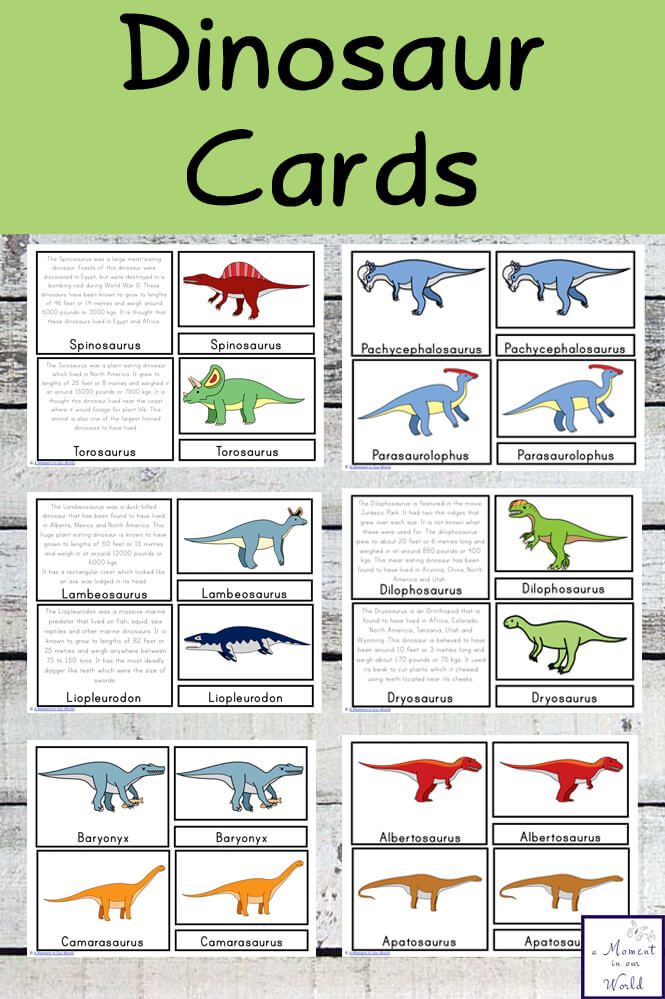 It seemed that there was no point in studying these bulky reptiles, completely extinct millions of years ago.
It seemed that there was no point in studying these bulky reptiles, completely extinct millions of years ago.
But today, not only paleontologists, but also geologists, physicists, chemists, biologists vying with each other declare their discoveries and hypotheses dinosaurs are again in the spotlight.
They lived on Earth from 200 to 65 million years ago. It was then on the planet much warmer. Slowly drifted, changing shape, the continents. Rivers were born, cutting through valleys, jungles and swamps. And along the shores of the warm seas and in the river valleys, overgrown with lush vegetation, life was in full swing. It is hard to even imagine how numerous and diverse were the dinosaurs that ruled this world. Today, reconstructed from the skeletons found, they have received scientific names: brontosaurs, tyrannosaurs, styracosaurs, megalosaurs, iguanodons, triceratops...
And then they were living creatures, often of gigantic size, with powerful tails, crests, shells.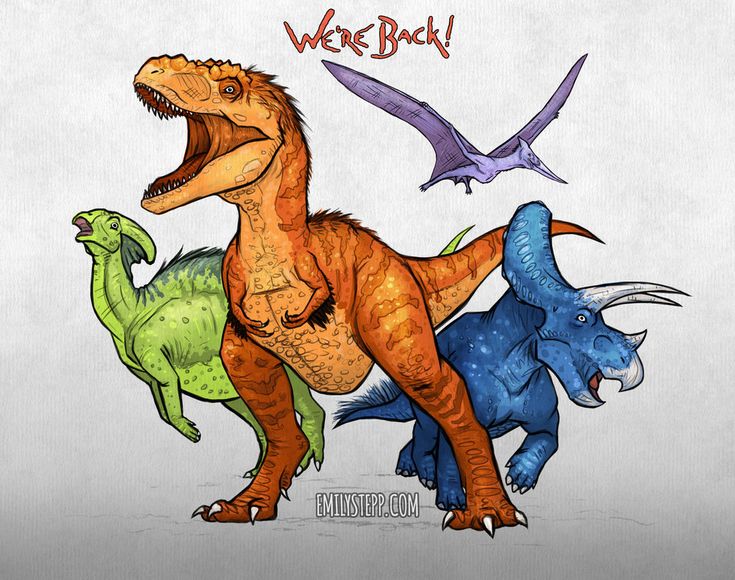
However, let's get to know some of them better.
stegosaurus came out of the thicket, announcing the surroundings with a mighty roar. It looks like... No, we've never seen anything like it. The ten-meter monster is clad in armor that gleams in the sun. The stegosaurus moves on four legs, although it is extremely inconvenient for him to do this - the forelimbs are much shorter than the hind ones. A bifurcated crest, consisting of separate lobes, stretches along the back. And finally, the weapon of the stegosaurus is a powerful tail topped with spurs.
And here is Triceratops . It is not so much its size that is striking (length 10 meters, weight 9 tons), but the head of a dinosaur. Framed by a wide bone collar, it formed into a high flattened beak, reminiscent of the beak of a monstrous parrot.
But the Triceratops looks quite harmless compared to one of the ankylosaurs , whose powerful body is covered with a shell.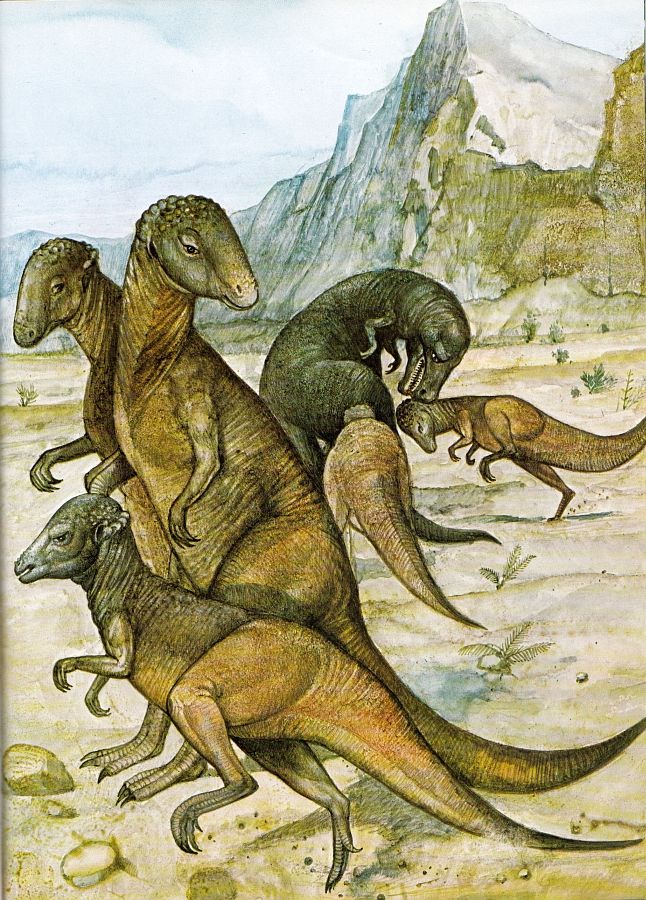 Moreover, the shell is laid in rings, carefully fitted one to the other. And each of the rings is equipped with spikes, bumps, growths. We can say that the ankylosaurus is a multi-ton mace studded with spikes. And this "mace" is crowned with a trapezoidal head with two outgrowths, similar to horns slightly tilted back.
Moreover, the shell is laid in rings, carefully fitted one to the other. And each of the rings is equipped with spikes, bumps, growths. We can say that the ankylosaurus is a multi-ton mace studded with spikes. And this "mace" is crowned with a trapezoidal head with two outgrowths, similar to horns slightly tilted back.
But the dinosaur deinonychus is just a baby. "Only" two and a half meters in length with a weight of 45 kilograms. But unlike many of its counterparts, Deinonychus is a predator. It has sharp carnivore teeth, powerful hind legs, prehensile forelimbs, and long toe claws. With these terrible claws, a mobile, dexterous predator killed the victim.
Far less mobile ultrasaurus . But he, as they say, took another. Ultrasaurus is by far the largest dinosaur ever discovered. It weighed almost 80 tons, the body length reached 24 meters.
Interest in the fate of dinosaurs is growing all over the world. And this is not at all a craving for the unusual, for the exotic.
It's just that humanity has accumulated a lot of questions, the answer to which we could get from... a dinosaur.
What happened on Earth 65 million years ago?
Space catastrophe? Dramatic climate change?
Was the death of dinosaurs the result of their physical and mental limitations, or the result of environmental hostility?
It is possible that the answers to these questions will help improve the conditions of life on our planet in the future, play a role in the preservation of living beings, if we again have to face something like the dinosaurs faced 65 million years ago.
The question of whether the dinosaurs were sufficiently adapted to life on Earth should disappear by itself. Insufficiently adapted creatures would hardly have been able to reign almost completely on the planet for about 140 million years. Another thing is that it is not entirely clear to us how exactly they managed to do this. Let's take, say, such a handsome man as an ultrasaur.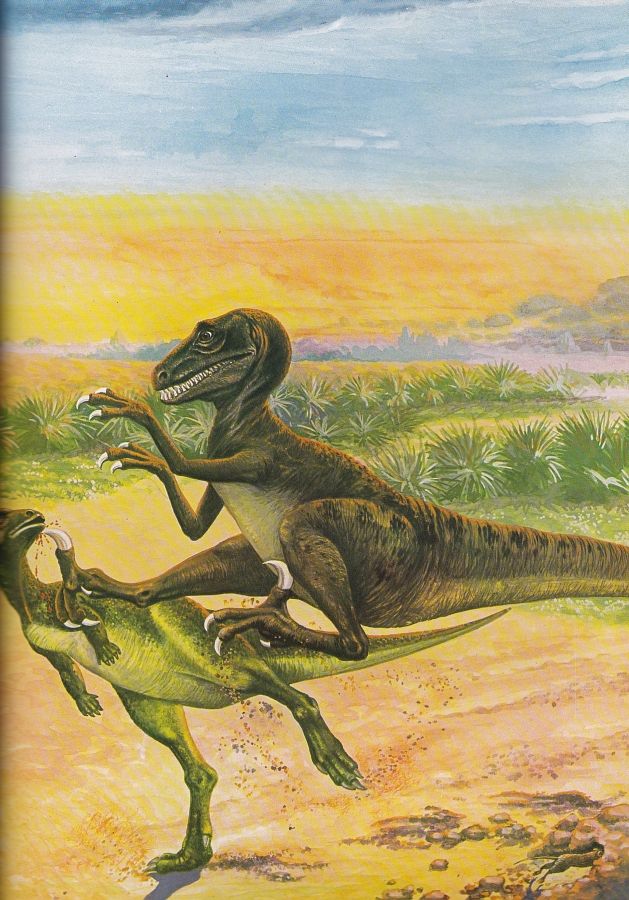 With a body length of 24 meters and a weight of 80 tons, he would not only take care of food, but in general would have to move with great difficulty. True, the opinion was expressed that for some time he could "rest" in the water. But in this case, it became incomprehensible what the eighty-ton giant could oppose to the pressure that arose during the bath. However, this is not clear to us. Ultrasaurus, apparently, did not experience any particular inconvenience.
With a body length of 24 meters and a weight of 80 tons, he would not only take care of food, but in general would have to move with great difficulty. True, the opinion was expressed that for some time he could "rest" in the water. But in this case, it became incomprehensible what the eighty-ton giant could oppose to the pressure that arose during the bath. However, this is not clear to us. Ultrasaurus, apparently, did not experience any particular inconvenience.
While studying dinosaur footprints preserved in the rocks of Texas and Connecticut, the American paleontologist J. Ostrom noticed that chains of footprints usually run parallel to each other. Maybe the terrain forced the ancient lizards to walk only along convenient paths? But then the traces would mutually overlap. Ostrom suggested that dinosaurs moved in small groups, that is, they were herd animals. The "herd" traces of dinosaurs were also found here, in Turkmenistan, in the mountains of Kugitangtau.
An equally interesting discovery was made during excavations in the US Glacier National Park. Paleontologists who discovered the fossilized "dinosaurs" found that the cubs remained in the nest in the care of their parents until they grew to about one and a half meters in length.
Paleontologists who discovered the fossilized "dinosaurs" found that the cubs remained in the nest in the care of their parents until they grew to about one and a half meters in length.
These and other facts indicate that dinosaurs were well adapted to the environment, successfully multiplied and evolved. They proved their right to be considered the masters of the planet, without any competition dominating it for 140 million years. And yet they were doomed. So what happened 65 million years ago?
To date, there are at least eighty (!) serious hypotheses expressed in this regard.
Here are just a few explanations for the death of dinosaurs.
Possibly an overflow of the land-encircled Arctic Ocean, whose fresh water rushed into the North Atlantic, forming a sheet of ice over a heavier layer of salt water, killing marine life. The climate around the world has changed, disrupting the food supply. Dinosaurs could not adapt to these changes.
Another explanation.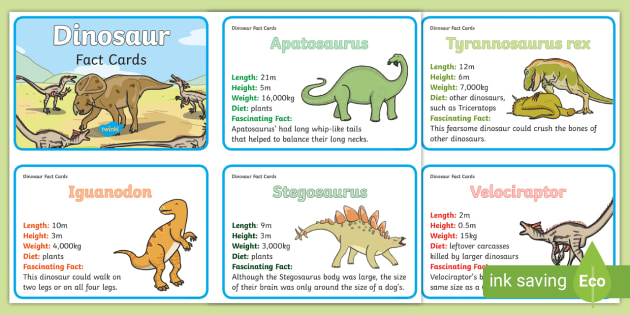 Powerful explosions of stars, the formation of new luminaries also sent streams of radiation to our planet, which literally burned out the layers of the atmosphere, making the Earth vulnerable to radiation. Something similar could have happened at the end of the Cretaceous.
Powerful explosions of stars, the formation of new luminaries also sent streams of radiation to our planet, which literally burned out the layers of the atmosphere, making the Earth vulnerable to radiation. Something similar could have happened at the end of the Cretaceous.
One of the most popular hypotheses is the hypothesis about the collision of the Earth with a large asteroid. The collision caused earthquakes and powerful tidal waves across the planet. Dust and debris rose into the atmosphere, and darkness shrouded the Earth for several years. The lack of sunlight caused the temperature to drop and photosynthesis to stop. Food disappeared on land and in the sea.
Even here there are different options. So, quite recently, the English geologists Prinne and Fegley published an article in which they argue that the cause of the death of dinosaurs was the widespread acid rain that hit the Earth as a result of its contact with a large comet.
So, despite the abundance of hypotheses, the nature of the catastrophe that broke out is still not completely clear.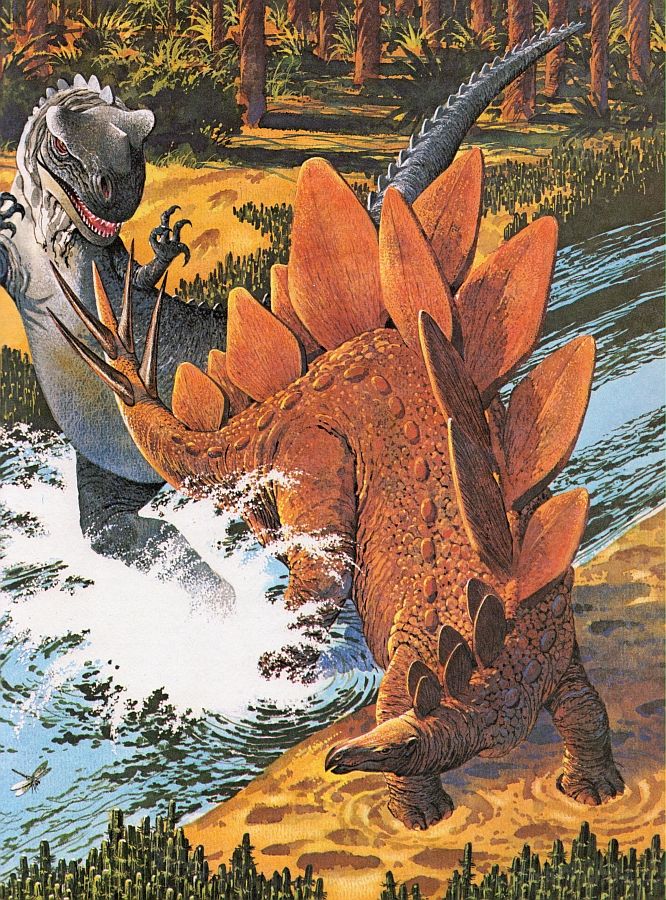 It is not clear to scientists and how mammals managed to survive during the catastrophe.
It is not clear to scientists and how mammals managed to survive during the catastrophe.
Questions, questions, questions...
Only one thing is clear (and, however, this is debatable) life for other animals without the neighborhood of dinosaurs has become much more pleasant.
G. Grigoriev
But let's go back from the distant past of our Earth, from the world of dinosaurs in our time, to the year 1988. In the year of the Dragon. Maybe in the year of the dinosaur!
Hypothesis about the dragon
An interesting hypothesis that the images of dragons, known to all of us from folklore sources, are nothing but portraits of dinosaurs, was put forward by the Irkutsk scientist V. LUZIN.
It would seem that the hypothesis is easily broken by an indisputable scientific fact: dinosaurs died out 65 million years ago, and the ancient human ancestor (according to the most daring estimates) appeared only 4 million years ago.
Nevertheless, the scientist gives interesting arguments in favor of his hypothesis.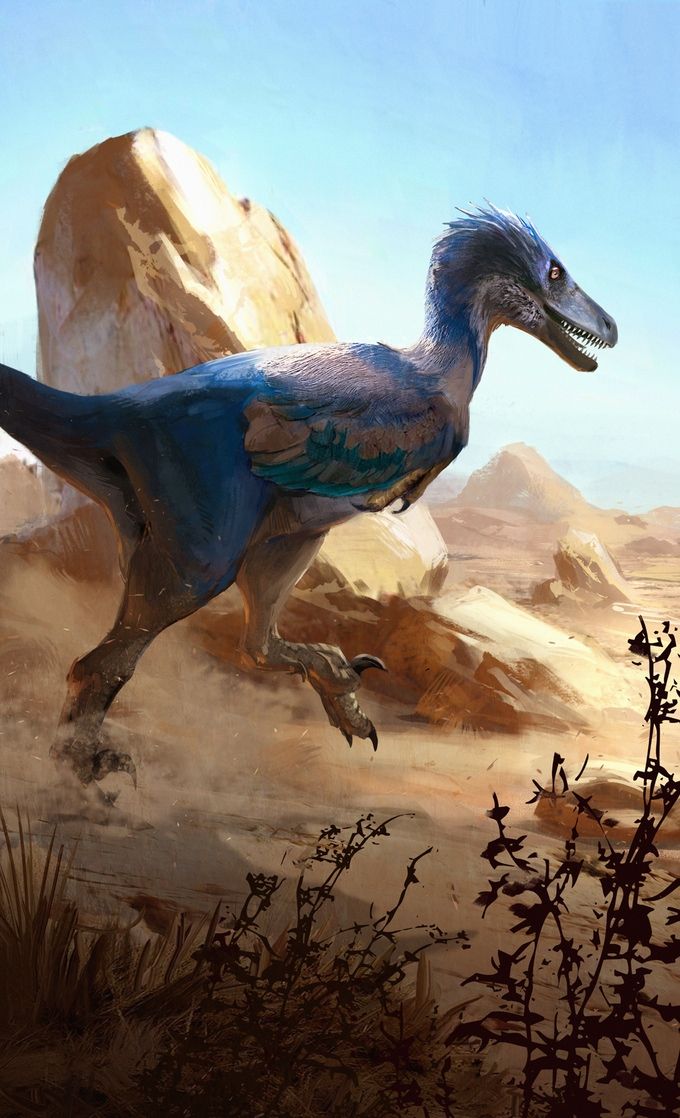 Indeed, one of the main occupations of our distant ancestors was hunting. Surely they were well versed in the bones of animals. After all, these bones became building material, turned into tools. And when ancient man found a variety of bone remains of dinosaurs, teeth, bizarre beaks, huge bones, skulls, and, possibly, larger parts of skeletons, he could not attribute them to any of the known living creatures. And then fantasy came to the rescue and arose ... a dragon.
Indeed, one of the main occupations of our distant ancestors was hunting. Surely they were well versed in the bones of animals. After all, these bones became building material, turned into tools. And when ancient man found a variety of bone remains of dinosaurs, teeth, bizarre beaks, huge bones, skulls, and, possibly, larger parts of skeletons, he could not attribute them to any of the known living creatures. And then fantasy came to the rescue and arose ... a dragon.
T. Kramarenko
Is there really no chance to meet a dinosaur?
My friends gave me a keychain with a picture of a dragon for the New Year (the year of the Dragon!). My keychain dragon surprisingly resembles a tyrannosaurus rex the largest predator (length 15 meters, weight 9 tons) of the Jurassic period (180 135 million years ago).
In general, wherever you turn, there are dinosaurs everywhere.
Having become the heroes of science fiction films, prehistoric monsters have been terrifying moviegoers for several years now, and their drawn and puppet brothers entertain kids with might and main in numerous "cartoons".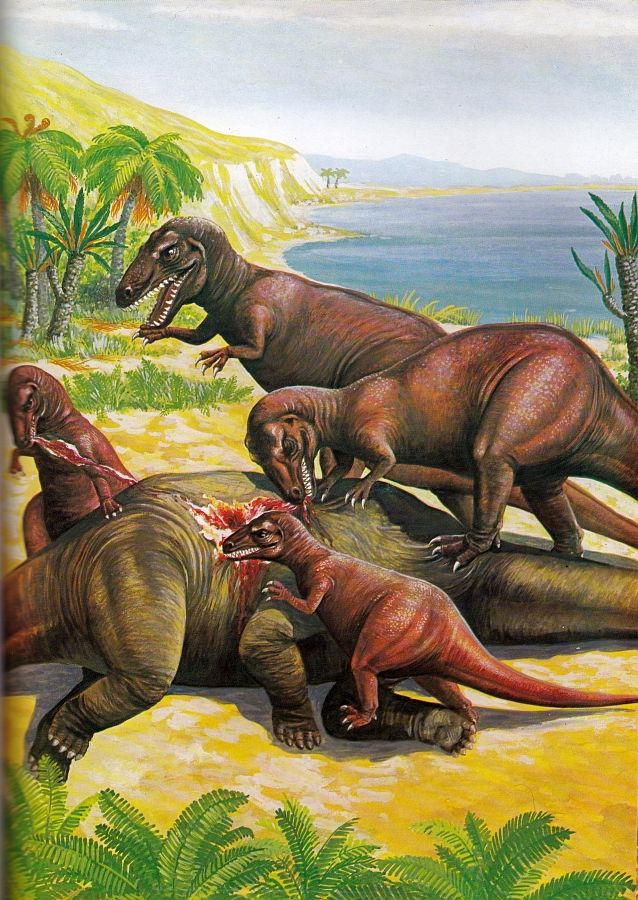
Yes, and in the newspapers, no, no, and there will be a report about encounters with outlandish animals. Someone "saw" them in the almost impenetrable wilds of Central Africa or South America, someone only chance prevented them from catching a living dinosaur in the Scottish Loch Ness.
Sensations arise, excite the imagination of the reading public, and are successfully debunked. It cannot be otherwise: all scientific evidence suggests that dinosaurs became extinct 65 million years ago.
Scientific data is a serious thing. Half a century ago (if we are simply talking about millions of years, then some 50 years this is just yesterday) it was believed that lobe-finned fish died out 50 million years ago.
But in 1938, the ancestor of land animals, a miracle fish called coelacanth, was caught off the coast of South Africa. An exact copy of the sixty-eighth instance of the coelacanth (length 164 centimeters, weight 65 kilograms), caught in 1971 by a resident of the Comoros Said Mohamed, is stored in the Zoological Museum of Moscow State University.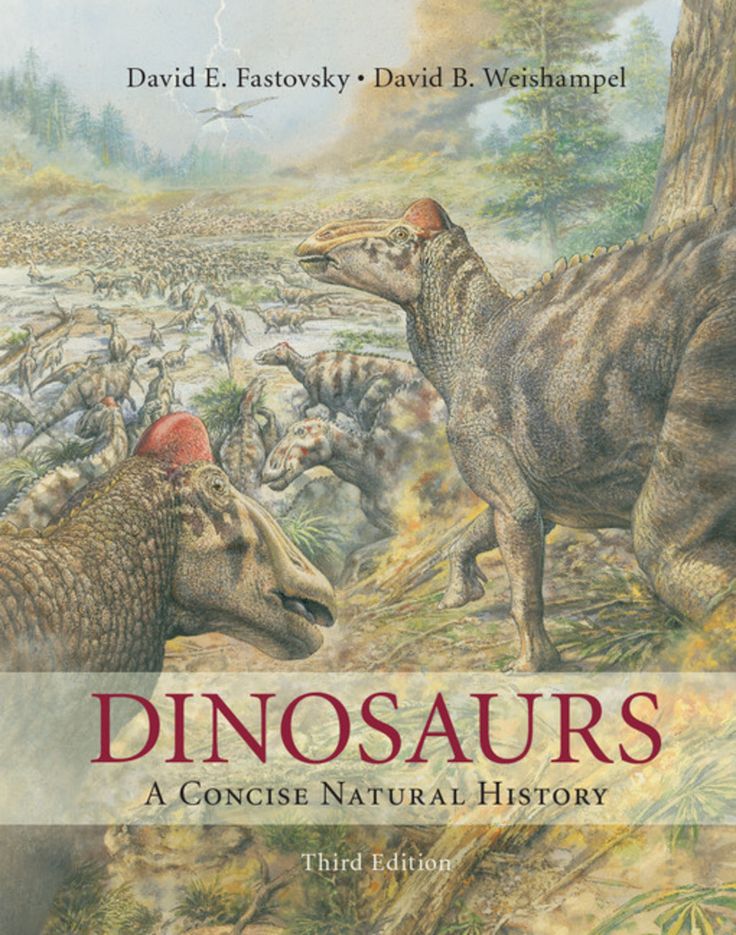 The name "zoological sensation of the 20th century" has firmly stuck to the coelacanth.
The name "zoological sensation of the 20th century" has firmly stuck to the coelacanth.
A few years after the return of the coelacanth, the research vessel Galatea was trawling the seabed off the coast of Mexico. Among the many interesting finds, ten snail-like creatures, neopilins, were taken on board the ship. These mollusks, according to all the scientific data available at that time, were considered extinct 350 million years ago, that is, long (although "long" is probably not quite the right word when it comes to one hundred and fifty million years) before the appearance of the first dinosaurs.
So let's assume that we still have some, even the most microscopic chance of meeting a real dinosaur. Although, hand on heart, we admit: this chance is most likely zero.
Published in the magazine "Koster" for August 1988
Answers to the crossword "Dinosaurs":
Horizontally: 1. Tyrannosaurus. 2. Ultrasaur. 3. Triceratops. 4. Diplodocus. 5.